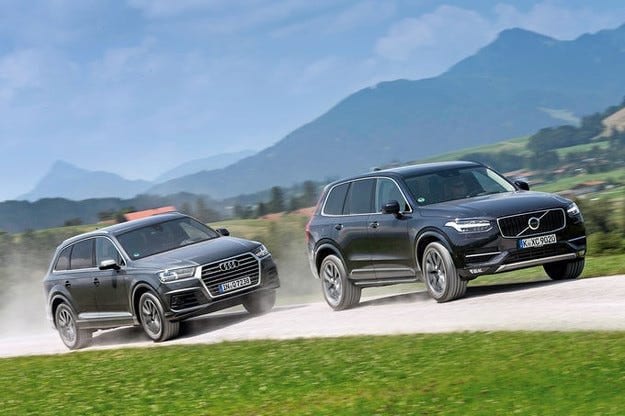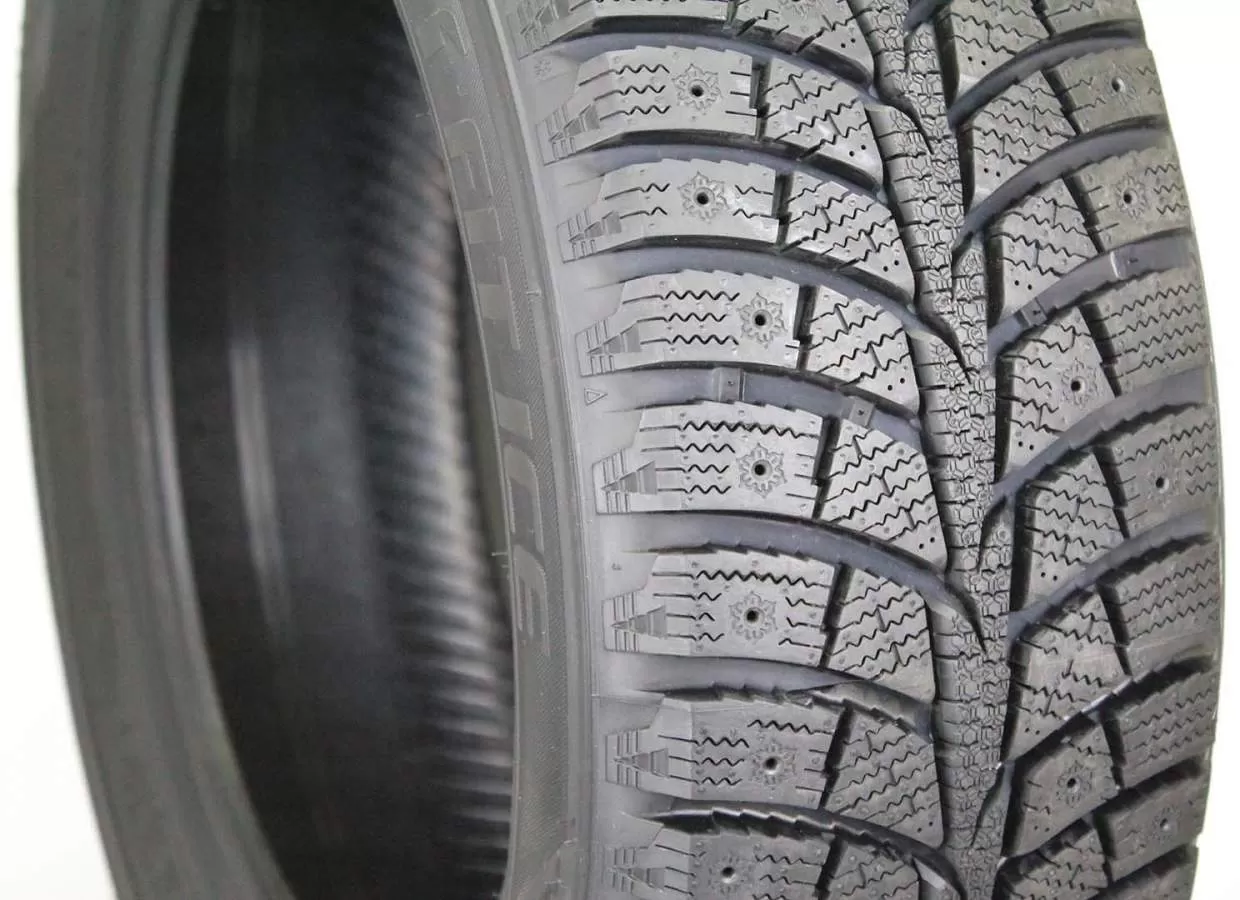
Test drive Audi Q7 vs Volvo XC90: we are slowly aging

The all-new Q7 meets the all-new Volvo XC90.
Audi Q7 appeared in the summer of 1367. It may sound strange, but it was actually the year of its introduction into the Burmese calendar. For us, the year the Audi Q7 saw the light of day was 2005. None of the then debutants at the Frankfurt Motor Show (such as the Alfa Brera, Jaguar XK, Opel Astra Twin Top or VW EOS) remain in the automotive arena for so long. The Volvo XC90, for its part, passed through the corners of history in 2002, and it took even more years for a successor to emerge as Volvo had long taken care of itself and wondered if the big SUV line should continue. . We've said many times that the new model is indeed brand new, so we won't go into technical details again. In short, this is the first Volvo based on a "scalable" architecture and using a modular body system, which will be gradually introduced in other large cars of the brand, starting with the S60, and the desire to use the same parts reaches the engines. . The Audi Q7 is also new, it is lighter, more economical, but at the same time more comfortable. In the last test of the Q7 3.0 TDI from 2009, the electronic scale showed a weight of 2465 kg. In the current test car, this figure is only 2178 kg, which is 287 kg less. Some would argue that for a car as massive as the Q7, such a reduction would be the equivalent of dropping a 300-pound piece off the cliffs of the Matterhorn. In practice, however, this reduction has an amazing effect on the dynamic performance of the Q7 - as if the athlete had stripped his body of the last gram of fat and replaced it with muscle mass. At the same time, the model impresses with luxurious interior space. Five large passengers sit here without any problems, there are plenty of places in the rear seats (all three with Isofix systems), which independently move, fold and tilt. Of course, those sitting in the front seats can’t complain either, the seats have excellent lateral support and only their upper part could be a little more comfortable.
For example, such as Volvo, in the interior of which the architects placed two armchairs from the living room, smelling of leather, as comfortable as a sofa, and decorated with Swedish flags in the seams of the upper part. However, the shorter XC90 usually only offers 5cm fewer seats in the back. In principle, this difference is considerable, as well as the trunk volume is 170 liters less (as much as it fits into the entire trunk of the Opel Adam), but in practice there is plenty of space here, and the view is lost in the depths of the rear. luggage compartment.
Journey grace in these machines
To ensure ease of use, Volvo's designers have minimized the control buttons. For all functions such as navigation, audio, telephone, air conditioning and auxiliary control, you must enter the menu on the vertically positioned 9,2-inch touchscreen. However, the risk of lane departure has never been greater than when trying to turn on the lane keep assist. Audi, on the other hand, introduces a slightly different operating principle with a combination of a rotary controller and a large touchpad. The latter is not very convincing, and there are some illogical decisions in the overall management structure. For example, Lane Keeping Assist is activated next to the turn signal lever, while Lane Departure Warning can only be found in the infotainment menu. However, Audi offers a wide range of assistance systems that match Volvo's. In addition to lane and mileage compliance assistants (also in traffic jams) and emergency stop assistants, both vehicles are equipped with new systems. Audi warns when a car is approaching from behind, and the XC90 recognizes when the car is pulling off the road, tightens the seat belts and secures passengers in their seats with a force of 300 Newtons.
The 600 Nm Q7 diesel delivers confident traction, while hydraulic engine mounts mitigate vibration and noise. A large SUV drives with a quiet step, and the automatic changes eight gears with pleasure - in fact, you can’t confuse something with such traction. The self-locking differential of the center axle distributes torque proportionally 40 percent to the front and 60 percent to the rear axle, which contributes to increased traction and good handling.
Q7 with iQ: Queues Pending and Desirable
Thanks to its powerful engine, the Q7 traverses landscapes at speeds that in most cases subjectively seem less than real, and the car seems strangely far from the laws of physics. One of the reasons for this may be the management of four wheels (for an additional fee), in which the rear part turns at an angle of maximum 5 degrees. At high speeds, they steer in the same direction as the front ones for greater cornering stability, and at low speeds they steer in the opposite direction for better agility. Unfortunately, the steering itself remains a bit poor-feeling, sterile, and doesn't provide good enough road feedback. At the same time, Audi has created a dedicated department within the company that deals with the feeling the driver gets from the steering system, and the Q7 is the first model that this department is responsible for...
On the other hand, the efficiency program is surprisingly effective. It bases its information on data from the navigation system and warns the driver to release the throttle earlier, for example, when approaching a town, instead of stopping hard. This predictable way of driving can result in significant savings.
Nothing saves the Q7 in terms of comfort, however, and provides its passengers with a relaxed atmosphere and superior air suspension (as an accessory) that only feels solid under full load and impact. Volvo also offers Adaptive Air Suspension, which responds more reliably to short impacts, but is better at absorbing long waves when loaded. Like Audi, there is a sport mode, which, however, does not suit a large Volvo. While its steering is precise, with good feedback and, together with the suspension settings, delivers terrific dynamics for Volvo, it's understandable that the XC90 remains slower in dynamic tests than the Q7. As difficult as the extremely economical, downsized bi-turbo diesel is, it cannot compete with the traction provided by Audi's large V6 TDI, and it cannot compete in terms of power, development drive and balance. ... The eight-speed transmission does its best to help the engine compensate for weak starting until the boost pressure reaches 2,5 bar and then shifts gears gently and precisely.
With powerful brakes and low running costs, the XC90 closes Audi's lead, but the Q7 still wins as it gets closer to Audi's claim of making the perfect full-size SUV. However, the XC90 is the perfect Volvo. It is likely that both models will remain in production until the summer of 2569 - only according to the Buddhist calendar.
EVALUATION
1 Audi
To be taken seriously, you must first take things seriously. For example, the Q7, which offers a lot of comfort, plenty of space, good handling and exceptional safety. However, the car is expensive and the control of the various functions is imperfect.
2 VolvoThere is no moral winner, but he is still second. Its engine is noisier and weaker, but the air suspension absorbs bumps better. The new XC90 is a real Volvo – big, stylish, safe and comfortable.
Text: Sebastian Renz
Photo: Ahim Hartmann

